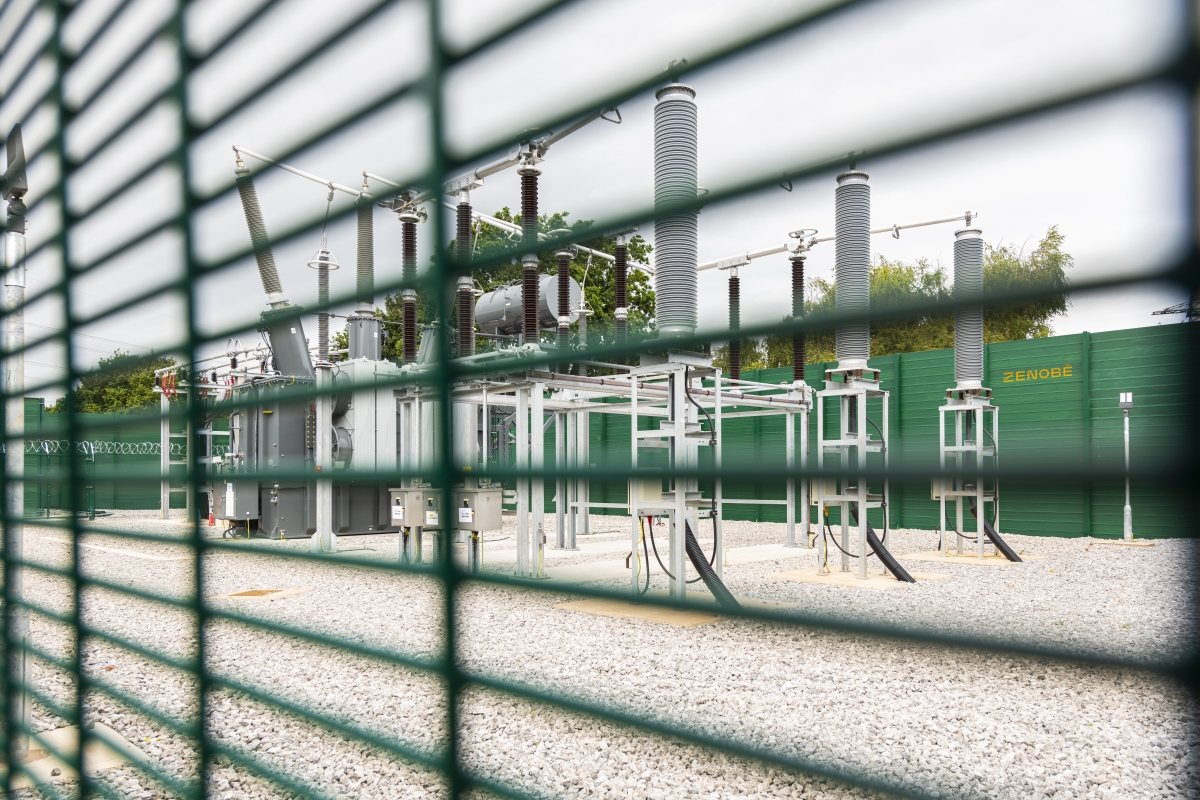How a targeted rule change to Britain’s energy storage regulations has the potential to unlock significant net zero gains

Energy storage is facing outdated regulation meant for fossil fuel technologies. Robert Newton, Policy and Public Affairs Lead sets out how just one rule change could revitalise Ofgem’s energy storage policy and make it fit for a net zero world.
Energy storage plays a critical role on the British transmission system, balancing intermittent flows of renewable power. But slow-moving regulation is struggling to keep up with energy storage and does not reflect the particular way it uses electricity. Our proposed rule change seeks to address this by updating how Ofgem calculates the impact of storage on transmission network investment.
Current regulation classes storage as a form of ‘conventional carbon’. This means it treats storage the same way as fossil-fuel generation, recognising it exports electrons onto the network, but ignoring its ability to absorb and store them. Put forward by Zenobē, ‘Code Modification Proposal 393: Using Imports and Exports to Calculate Annual Load Factor for Electricity Storage’ calls for transmission charging rules to reflect storage’s imports, as well as its exports.
CMP393 aims to make a targeted change to the Connections and Use of Systems Code (CUSC) – one of Great Britain’s ten energy codes. These arcane and labyrinthine regulatory texts have been built up over decades by Ofgem, the energy industry and eight administrative organisations. Lobbyists, administrators and civil servants tend constantly to the codes, trying to ensure they accurately describe the fast-changing energy system that they govern.
There is inevitably a lag between physical changes to the energy system and their representation in the codes, but an update for storage is long overdue. The last substantial update to CUSC happened in 2014. At this time, there were no batteries connected to the transmission network, and the update did not consider the future impact of storage. Since then, over 1GW of batteries have connected at transmission level, with another 2GW on the distribution network. That’s 3GW of batteries not accounted for by CUSC. To put that into context, 3GW is enough energy to power 9.2 homes for 2 hours1.
While CUSC has not adapted to the expansion of energy storage, other important areas of electricity system governance have. National Grid ESO updated their connection planning assumptions (CPAs) to reflect the growth in storage deployment and operation. The CPAs, which forecast transmission network upgrades required by new energy projects, consider storage imports as well as exports.
Our proposed change would also be consistent with recent modelling by LCP on how storage operates during constraints (warning: this is where it gets technical). When Ofgem updated transmission charging in 2014, they decided that charges should reflect how transmission investment planners consider the impact of generation on constraint costs.
To do this, they adjusted part of the transmission charging tariff by annual load factor – meaning part of the tariff was based on the amount of electrical load an asset places on the transmission system in a year. This provided a ‘proxy of the impact an individual generator has on the system when investment is planned to manage constraint costs’.
LCP’s analysis shows that pumped and battery storage both import and export during constraints, with a tendency towards importing. But current annual load factors include only the load these technologies place onto the system, and not the load they absorb from it. LCP’s findings further justify our proposal to use both imports and exports to calculate storage annual load factor.
What does this mean in practical terms? It means that the charges unfairly penalise pumped and battery storage, overstating their impact on transmission investment. This results in high costs that disincentivise development of critical net zero infrastructure.
While it might seem a small and technical regulatory change, CMP393 is emblematic of net zero’s challenge to policy and regulation. Rules designed for the fossil fuel era don’t just delay decarbonisation – they benefit polluting incumbents and unfairly increase costs for advocates of clean energy. This means updating transmission network regulation is a critical – if unglamorous – way of making clean power accessible.
1The typical household uses 2,700 kWh electricity each year, equating to an average of 0.31 kWh per hour. Wishaw can provide 50 MW of electricity for two hours, meaning it can power 160,000 homes for two hours (160,000 homes = 50,000 kW / 0.31 kWh per hour) Average gas and electricity usage | Ofgem. This figure has been adjusted to take account of battery degradation.
